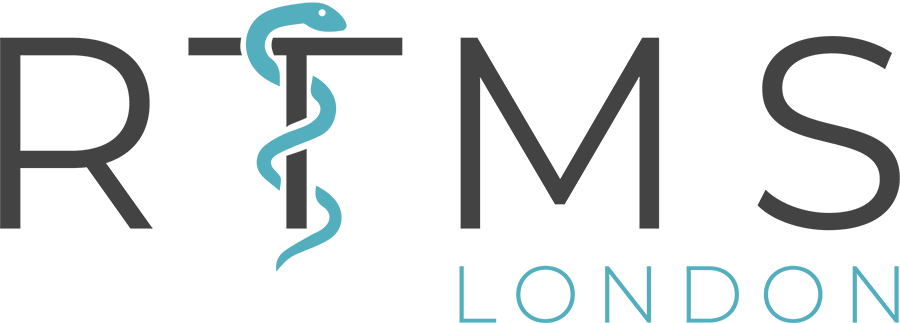Stretching for Fibromyalgia
One of the most common symptoms of fibromyalgia syndrome (FMS) is widespread muscle aches and pains. This is believed to be caused by overactivity in the area of the brain that processes pain, turning signals sent from the muscles from small, everyday aches into serious pain. While rTMS treatment can tackle the changes to the brain, there are lots of things that you can do to help make the muscles themselves more comfortable, reducing the number signals that they send.
If you haven’t seen our previous articles on cardio exercise and resistance training, they may be worth reading first, as it is a good idea to make these the basis of your exercise routine. Stretching, however, can be an effective accompaniment to these as a relaxing activity to do, either on rest days or after these sessions.
Why stretch?
Stretching is a somewhat controversial topic in modern healthcare, as research shows that it doesn’t appear to improve athletic performance or reduce injury risk. It has also been found that cardio exercise and resistance training produce greater benefits than stretching in terms of reducing pain and improving quality of life in people with fibromyalgia. So why bother? Well, that same research came to the fascinating conclusion that stretching had a significant positive effect on the mood of the participants in the study. In essence, stretching makes you feel good. The reasons for this are not totally clear, but it has been suggested that it is due to the fact that stretching can be a relaxing activity, often with a lot of focus on breathing, making it similar to some forms of mindfulness.
What is the best way to do it?
The fact that we are stretching for a mood boost makes recommending the best method nice and simple – you find what feels good for you and do more of that! There is no “correct” way to stretch, but here are three basic principles to help you build your own routine:
- Try to avoid stretching when your muscles are cold. Ideally do a small warm up first to get things moving. Alternatively, you can start just after a bath or when you’ve just got out of bed (passive warmth like this does a very similar job to a warm up).
- Don’t force anything to an uncomfortable range of movement. Over stretching a muscle can cause it to become irritated. Remember that we are stretching to feel good, rather than to increase flexibility, so keep all the movements within a comfortable range.
- Focus on breathing. This is an excellent opportunity to spend some time concentrating on some deep, slow breathing. This has a multitude of benefits, including stress relief and mood improvements. Focus on taking 3-5 deep breaths while holding each stretch.
How to get started
A stretching routine is a very individual thing, as different people will experience soreness and aches in different locations. The internet is an excellent resource for finding stretches to target the specific locations that bother you most, allowing you to put together a custom programme for your own body. Alternatively, some people prefer to join a yoga or pilates session, as this can give you a nice, full body stretching session alongside some resistance exercise.
At RTMS London, our expert team can work with you to develop a plan that works for you. Our specialists are passionate about helping you get out of pain, and our rTMS and MST treatments, combined with an appropriate, manageable exercise plan have already helped many people to live a healthier, happier life.
To find out more, contact our team for a no obligation chat.
Posted on 3rd March 2022
